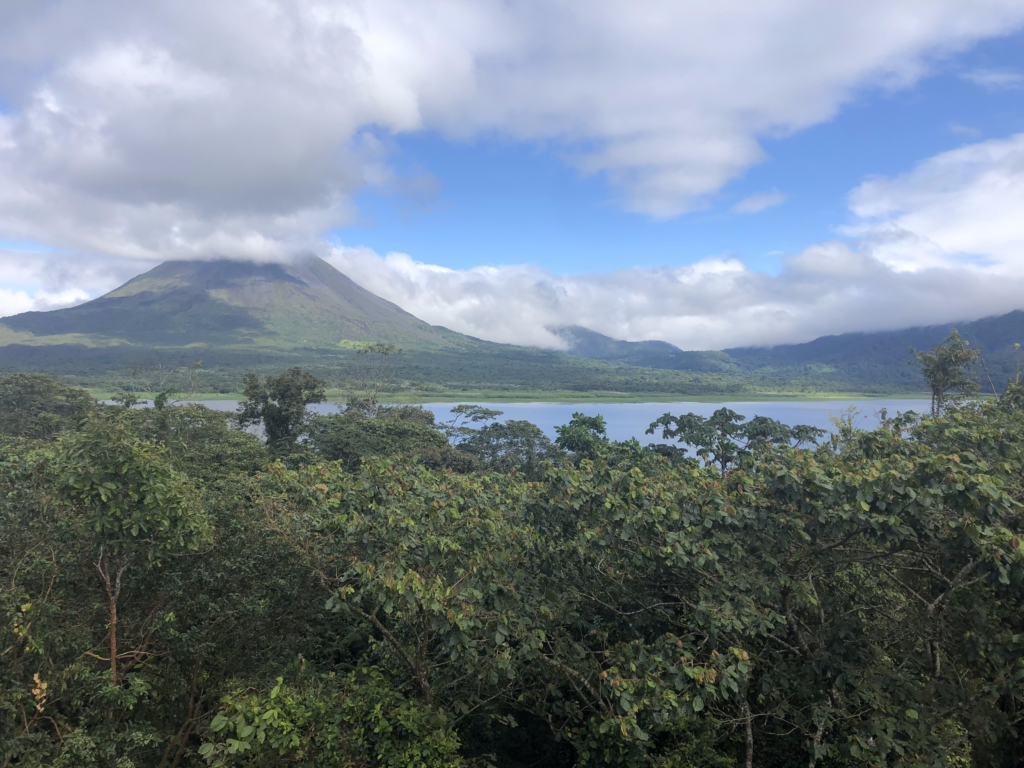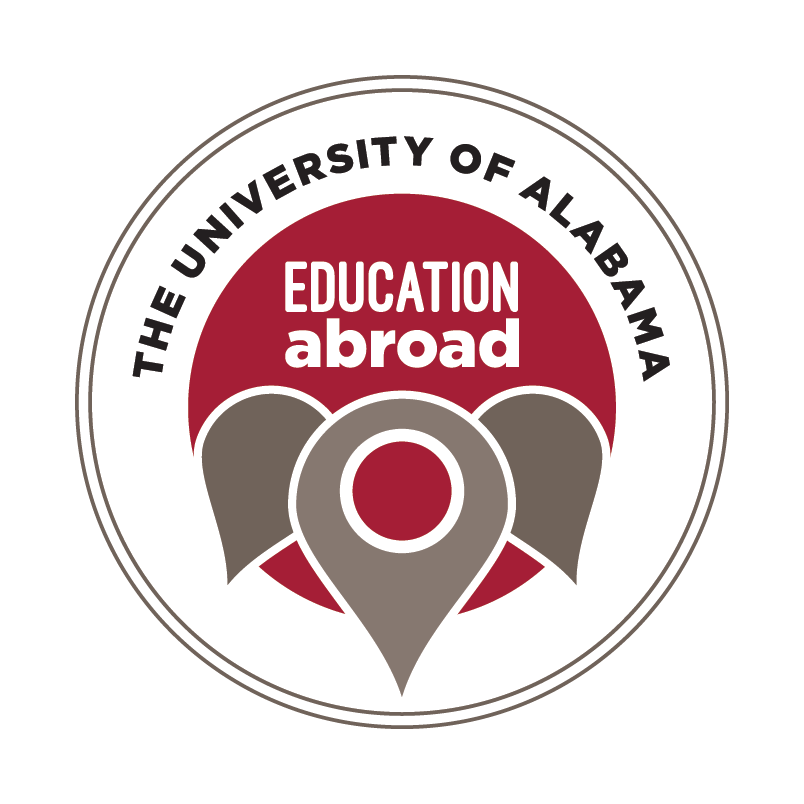The first two weeks of the trip were led by Dr. Mathew Lafevor, who taught Geography of Latin and South America. He spoke spanish, and knew a good deal about the culture and geography of the area. The class was engaging, but the activities that we did outside of the classroom made it even better.
Dr. Lafevor’s two weeks also happened to line up with the worst two weeks of weather we had at Soltis. It rained every day, sometimes without stopping. Nightime temperatures got down to 68 degrees some nights, and with our cabin windows being nothing but screen, that meant a night of shivers.
The weather couldn’t prevent us from enriching our classroom experiences, however. We toured Luna Nueva Farms, an organic farm and eco-lodge that employs a number of organic and regenerative agricultural practices. This was located about 20 minutes down the road by walking. After this initial trip, where we toured the farm and learned about sustainable agriculture, we returned several times during the trip to visit their pool and hot tub. I had never heard of an eco-lodge before, and I learned that they are an extremely prevalent part of Costa Rica’s tourism industry. People come from all over the world to see the incredible biodiversity and well preserved natural beauty of the country.
We also took a day trip to Lake Arenal, a nearby man made lake that is used to generate hydropower, situated at the bottom of Arenal Volcano. We started the day hiking around the lake, with our guide Francisco telling us about the history and natural features of the park. We then drove slightly up the mountain to another eco-lodge, called the Arenal Observatory. This place was amazing. There is a bird feeding area, where a worker threw fruit to a gaggle of assorted tropical birds. There is a 90 foot tower, which gives an incredible view of the area from above the canopy. One of the coolest parts of the observatory were the howler monkeys. These vocal primates are easier to hear than they are to spot, but after having wandered from the group to visit the tower again, I spotted one about 50 feet from the trail.
One of the last enrichment activities we did was touring a coffee farm. This was particularly interesting, as it taught me about coffee, which I have never taken an interest in, but it also revealed some things about Costa Rican society. We learned about the traditional way that Costa Ricans (Ticos) make coffee, as well as some of the mutualisms between coffee and other plants. We learned about the steps for both growing and processing coffee. However, one of the most interesting parts of the tour was when the guide mentioned that all of the field work is done by Nicaraguan immigrants, who come down for better job opportunities.

